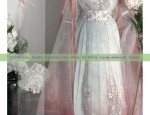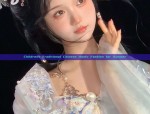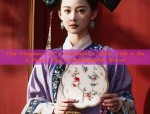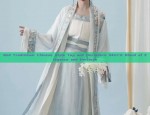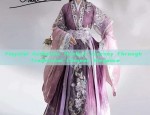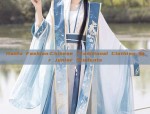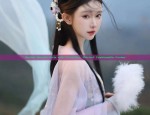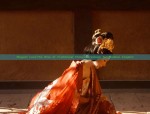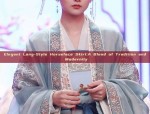The Evolution of Chinese Traditional Wedding Gown:The Cheongsam Qipao
In The realm of wedding attire, the cheongsam qipao stands as a unique symbol of Chinese traditional elegance and pride. It embodies the rich cultural heritage and historical significance of Chinese wedding customs, blending ancient wisdom with modern aesthetics.
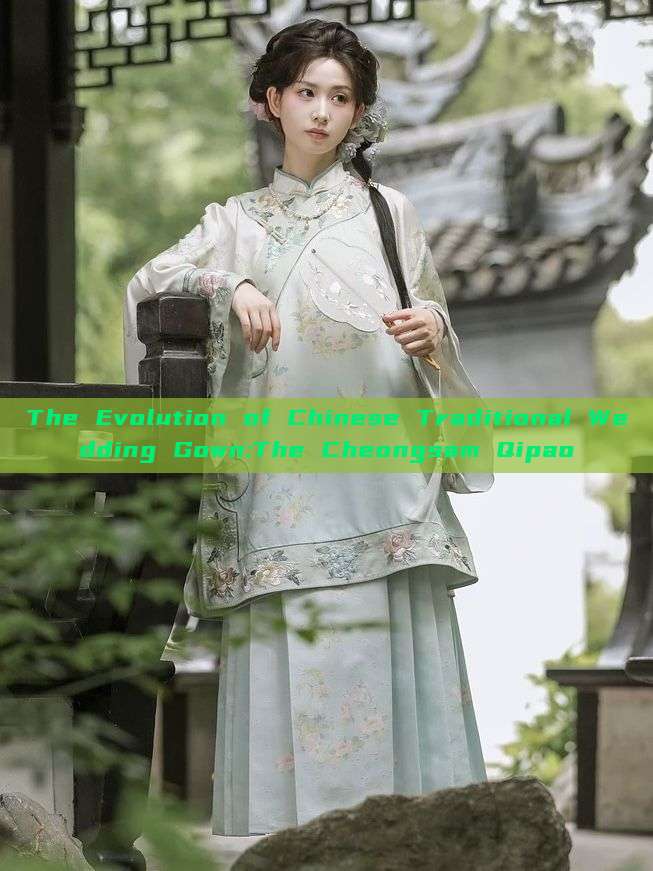
The cheongsam qipao is not merely a garment; it's a legacy that dates back hundreds of years. Its origins can be traced back to the Manchu era, where it was initially worn by women as a part of their everyday attire. However, during wedding ceremonies, the qipao underwent a transformation, becoming a symbol of purity and respect. The intricate designs, vibrant colors, and meticulous craftsmanship reflected the importance of the union between two families and the honor of the occasion.
The design of the cheongsam qipao is a masterpiece of artistry and engineering. The garment's structure follows the body's natural curves, showcasing the feminine figure to its utmost perfection. The use of vibrant hues and intricate patterns is not just for aesthetics; it also holds significant cultural meanings. For instance, the color red is often associated with good luck and prosperity in Chinese culture, making it a popular choice for wedding gowns.
The cheongsam qipao's evolution has also been influenced by modern fashion and western aesthetics. While retaining its traditional values and craftsmanship, it has been adapted to fit contemporary lifestyles and tastes. Designers have experimented with different materials, cuts, and styles, creating a fusion of traditional and modern elements. This has not only made the cheongsam qipao more wearable but also introduced it to a younger audience, keeping it alive in the modern era.
Moreover, the cheongsam qipao is not just worn on the wedding day; it's also a part of the pre-wedding rituals. The engagement ceremony, tea ceremonies, and other associated events often involve wearing various styles of qipaos that reflect the couple's personality and taste. This not only adds to the excitement of the wedding festivities but also reinforces the cultural significance of these traditions.
The cheongsam qipao also plays a significant role in cross-cultural exchanges. As China's influence grows worldwide, the cheongsam qipao has become a symbol of Chinese culture and fashion. It has been featured in various international fashion events and has attracted global attention. This has opened up opportunities for further collaborations and experimentation, bringing the cheongsam qipao to a global audience.
In conclusion, the cheongsam qipao is not just a wedding gown; it's a representation of Chinese culture and heritage. Its evolution reflects the harmony between traditional values and modern aesthetics, making it a timeless piece of art. As we move forward in time, it's essential to preserve and promote this rich cultural heritage, ensuring that the beauty and significance of the cheongsam qipao continue to inspire future generations.
Today, as we witness the fusion of traditional and modern elements in the cheongsam qipao, we also see the emergence of new designs and styles that cater to different tastes and preferences. Designers are exploring new materials and techniques, incorporating contemporary elements with traditional craftsmanship, creating innovative designs that are both traditional and contemporary. This fusion not only keeps the cheongsam qipao alive in the modern era but also introduces it to a younger audience, ensuring its legacy for future generations.
Moreover, the cheongsam qipao has become a symbol of pride and identity for many Chinese people. It represents not just a wedding garment but also a connection to one's roots and cultural heritage. As such, it has become an integral part of various cultural events and festivals, where people come together to celebrate their culture and traditions.
In conclusion, the cheongsam qipao is not just a garment; it's an embodiment of Chinese culture and heritage. Its evolution reflects the harmony between traditional values and modern aesthetics, making it a timeless piece of art that continues to inspire and evolve with each passing generation. As we move forward, it's essential to preserve and promote this rich cultural heritage, ensuring that its beauty and significance continue to inspire future generations worldwide.

 Previous Post
Previous Post


